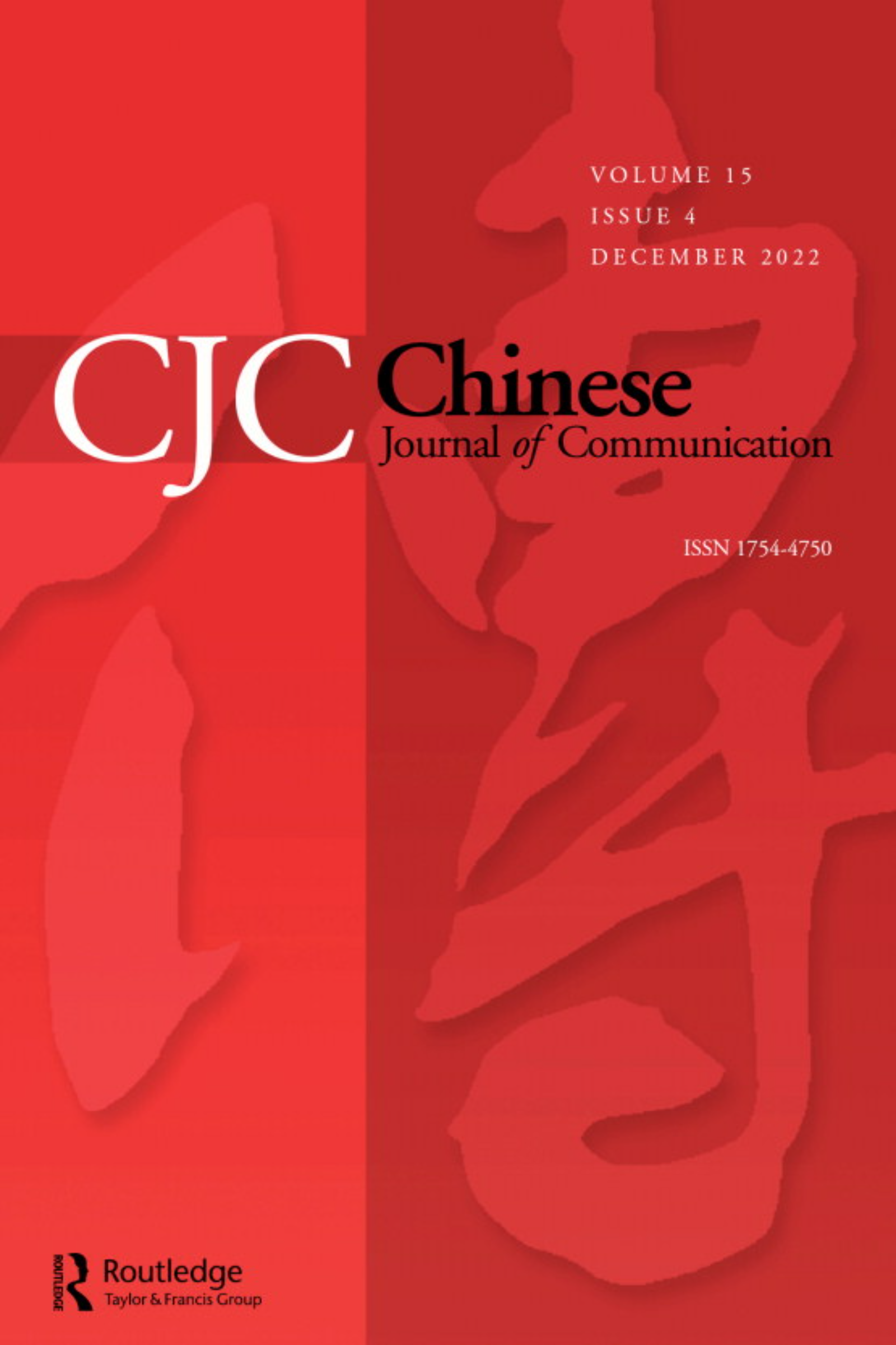“Pandemic and Memory: Online Memory Narratives of COVID-19 Survivors in China” is an academic article by communications scholar Yi Yang that investigates the features of individual and collective memory construction of the COVID-19 pandemic in China on the Chinese question-and-answer site Zhihu. Memory making processes, or efforts to preserve memories of the pandemic for posterity, were initiated by the Central Government, with a focus on acknowledging the work of various sectors in controlling the pandemic. Although not mainstream, online platforms such as Zhihu fostered alternative forms of memory making centering the pandemic experiences of ordinary citizens. Zhihu was able to fulfill this purpose better than other Chinese social media platforms due to its less stringent enforcement of censorship, and because it allows its users to stay anonymous. Yang collected 110 life narratives in response to the question, “How are the COVID-19 survivors doing now?” and conducted a thematic analysis to identify common topics in the responses.
A general pattern in Chinese COVID-19 patient narratives was the sense of solidarity between patients, medical personnel, and indirectly the state during the treatment process, which morphed into feelings of exclusion, discrimination, and neglect from the patients’ communities after recovery. Patients expressed compassion for the hard work of medical staff, outlining the difficult conditions in which nurses had to carry out their duties: “It was hard to even walk in such a suit, let alone doing the delicate work of giving injections…They never had a break” (qtd. in Yang 618). They experienced treatment not as a solitary, painful process, but as a collaborative effort with medical teams, and some patients felt that they “went through life and death” (qtd. in Yang 618) with the staff. As COVID-19 treatment was fully state subsidized, patients also felt supported by the state while they underwent treatment. However, following their discharge from hospitals, patients were met with unfriendliness from their neighbors, who excluded them from social events and avoided them in shared spaces. Some patients recount being barred from returning to in-office work and eating at the office cafeteria and even suffering a 50% decrease in salary after being infected with COVID-19.
Patients also struggled with the “health code,” a “color-coded national health rating system” (Yang 622) that supposedly represented one’s health status and would affect their mobility, as it would determine whether they were allowed to buy railway tickets or enter public spaces. Despite having recovered for up to several months, some patients found that their health codes remained red, which prevented them from going to work or school, and recounted pressure from authorities to undergo repeated biochemical tests to “prove” their health. “The memory narratives related to health codes and biochemical tests indicate how COVID-19 survivors are monitored, tagged, represented, and restricted by biochemical and informational technologies that constitute the public infrastructure aimed at achieving public health goals during a pandemic” (Yang 624).
Beneath the mainstream media praise for the heroism and effectiveness of the Chinese pandemic response, lie untold stories of patients who endured exclusion and discrimination as a result of those policies. These patient narratives do not always align with state-led constructions of COVID-19 narratives, but are no less genuine than stories of medical staff and government officials fighting the pandemic, and are thus equally worth preserving. Zhihu, with its rare anonymous posting function, serves as an important channel for the formation and preservation of COVID-19 memory counter-narratives, as patients could share their experiences without fear of discrimination or legal ramifications. Patients generally expressed gratitude towards medical teams responsible for their treatment, but felt helpless regarding the stigma they received from society due to their status as recovered COVID-19 patients, which reflects the professionalism of medical staff amid the confusion and chaos of the initial outbreak, but also the excessive strictness of COVID policies that demonized COVID-19 patients and their families.

Image Captions:
Cover image of Chinese Journal of Communication, vol. 15, no. 4.Citation: Yang, Yi. “Pandemic and Memory: Online Memory Narratives of COVID-19 Survivors in China.” Chinese Journal of Communication, vol. 15, no. 4, 11 Apr 2022, pp. 611–634. https://doi-org.ezproxy.lib.torontomu.ca/10.1080/17544750.2022.2053177. NON-FICTION, SCHOLARLY ARTICLE | CHINA. ll
Source Type: Scholarship on COVID-19 Studies
Country: China
Date: 01-Apr-2022
Keywords: Chinese Social Media, COVID-19 Patient Narratives, COVID-19 Treatment, COVID-19 Recovery, Individual Memory, Memory Making Processes, and Online Narratives